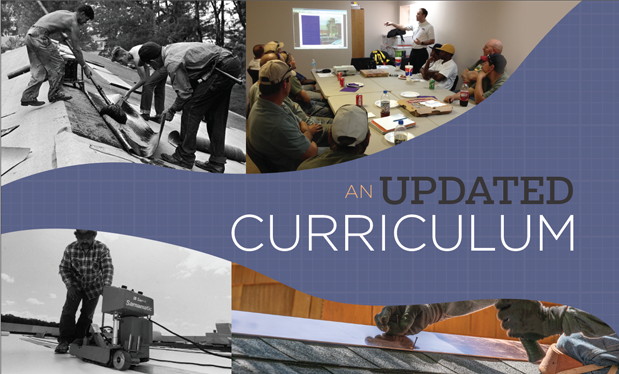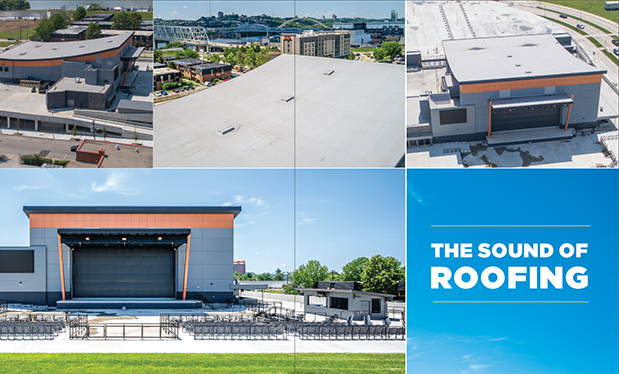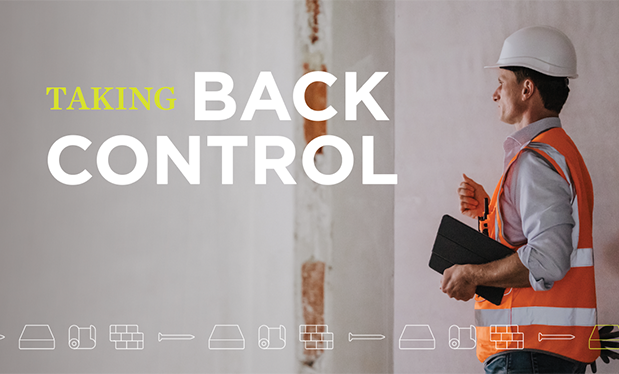DOL announces measures to address heat-related illness
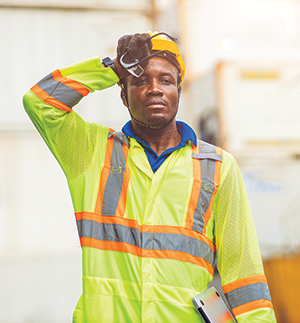
|
To combat the hazards associated with extreme heat exposure indoors and outdoors, the Department of Labor is taking enhanced and expanded efforts to address heat-related illness, according to osha.gov.
Although heat illness is largely preventable, thousands of workers are sickened each year by workplace heat exposure. Despite widespread underreporting, 43 workers died from heat illness in 2019, and at least 2,410 others suffered serious injuries and illnesses.
Increasing heat precipitated by climate change can cause lost productivity and work hours resulting in large wage losses for workers. The Atlantic Council’s Adrienne Arsht-Rockefeller Foundation Resilience Center estimates the economic loss from heat to be at least $100 billion annually, which could double by 2030 and quintuple by 2050 under a higher emissions scenario.
The Occupational Safety and Health Administration is implementing an enforcement initiative regarding heat-related hazards, developing a National Emphasis Program for heat inspections and launching a rulemaking process to develop a workplace heat standard. OSHA also is forming a National Advisory Committee on Occupational Safety and Health Heat Injury and Illness Prevention Work Group to provide better understanding of challenges and identify and share best practices to protect workers.
Recently, OSHA implemented an intervention and enforcement initiative to prevent and protect workers from heat-related illnesses and deaths while they are working in hazardous hot environments. The initiative prioritizes heat-related interventions and inspections of work activities on days when the heat index exceeds 80 F.
The OSHA initiative applies to indoor and outdoor work sites in general industry, construction, agriculture and maritime where potential heat-related hazards exist. On days when a recognized heat temperature can result in increased risks of heat-related illnesses, OSHA will increase enforcement efforts. OSHA encourages employers to implement intervention methods on heat priority days proactively.
NRCA will be active as the OSHA rulemaking process moves forward and encourage the agency to take advantage of the significant efforts already underway in the ANSI A10.50 heat stress standard development process. Heat stress is a complicated health hazard that must be addressed in a comprehensive manner to reduce worker injuries and deaths.
New York City DOB inspectors issue 1,499 stop-work orders
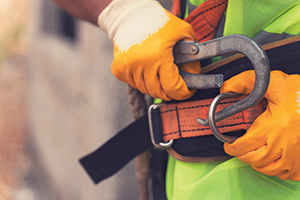
|
In a recent safety sweep, New York City’s Department of Buildings inspectors issued 3,600 violations to contractors and 1,499 stop-work orders, according to constructiondive.com.
Some orders were issued to different permitted jobs located at the same address. The DOB rescinded many of those orders and work resumed after the contractors corrected the unsafe conditions.
The boost in inspections was in response to seven construction-related deaths in New York City during the first half of 2021, including two fatalities from falls in May. DOB Commissioner Melanie E. La Rocca initiated the sweeps of about 7,500 building construction sites beginning June 1.
City inspectors reportedly checked to ensure workers were using safety harnesses, controlled access zones, guardrails and other fall-prevention systems, as well as determined whether sites complied with general safety plans. COVID-19 health and safety protocols were not part of the safety sweep.
Falls on work sites are an issue nationwide, and in New York City, construction falls have led to 37 fatalities and 1,029 injuries on construction sites since 2015. In addition to issuing stop-work orders during the sweep, DOB inspectors handed out safety cards reminding workers to wear safety harnesses properly, look out for slipping and tripping hazards, and install guardrails or hole coverings in appropriate situations.
Although the sweep focused on construction falls, inspectors uncovered other violations, such as failure to have the required site-safety personnel on location, failure to provide workers with a pre-shift safety meeting, and contractors with expired registration and insurance. New York City’s DOB has increased penalties for the most serious safety violations, hired hundreds of additional inspectors, implemented a first-of-its-kind safety training program for the city’s construction workforce and increased the frequency of unannounced construction safety inspections of large work sites in the city.

